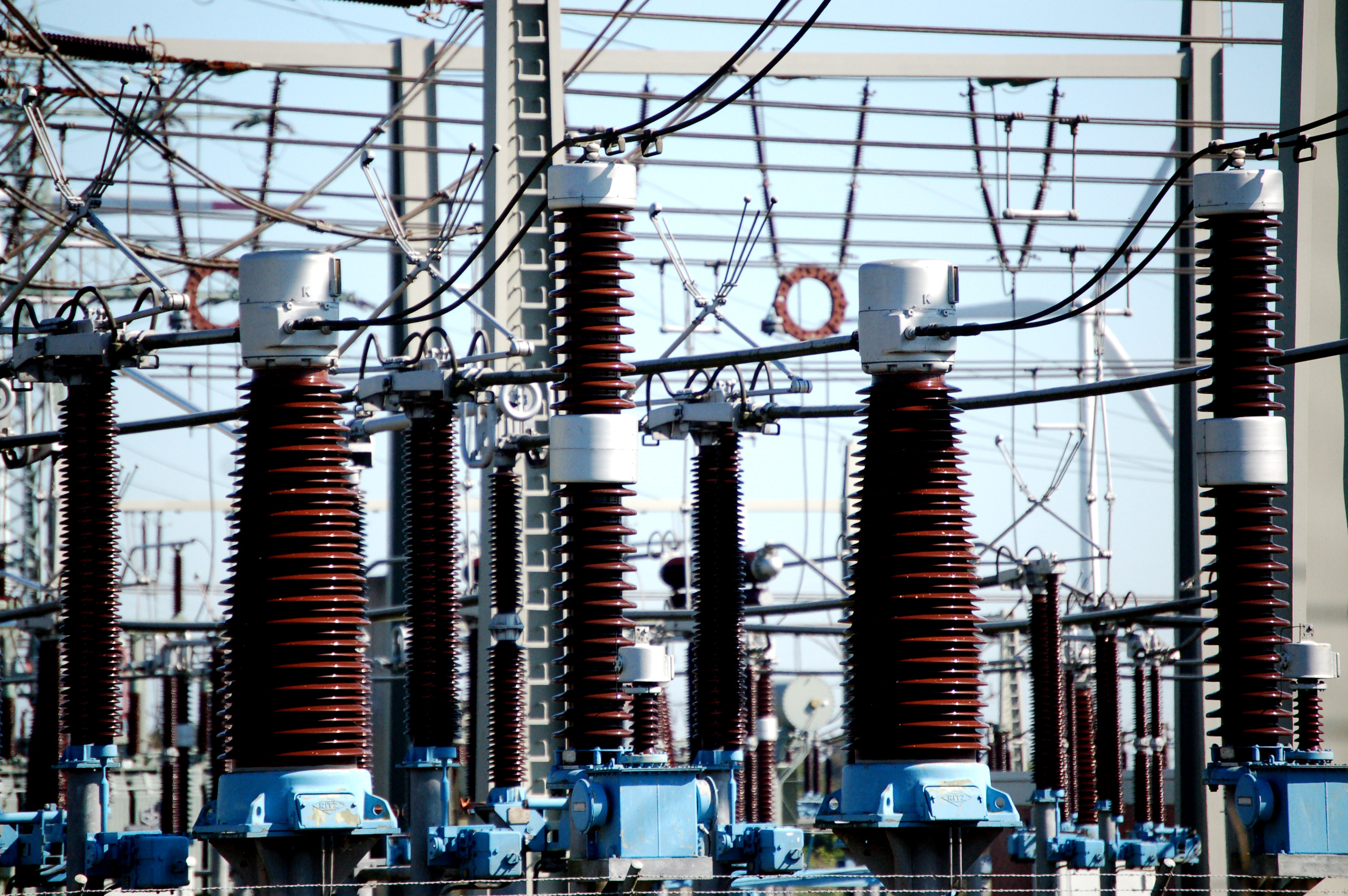The UBA conducts research, advises policymakers, and provides the public with information concerning environmentally sustainable energy. We develop and assess energy supply scenarios, and research the impact of technical measures and policy instruments on the energy sector. We are also working on the technical and economic design of an energy system that will be completely based on renewable sources. Our guiding principle in all of this is to achieve an environmentally sustainable, reliable and affordable energy supply.
The climate target architecture of the Federal Government
According to the Federal Climate Protection Act, GHG neutrality must be achieved in Germany by 2045 at the latest. Against this background, the governing parties commit themselves for the first time in the coalition agreement 2021 to technical negative emissions as a necessary supplement to the natural sinks. However, the integration of technical carbon removal technologies such as "Carbon Capture and Storage" does not remain without consequences for the already adopted reduction paths, which are anchored in the Federal Climate Protection Act together with the sector-specific reduction targets.
In a discussion paper, the German Environment Agency analyses the effects of such "ad hoc" integration under the current framework conditions on mitigation efforts in the sectors. Based on this, proposals for an adaptation of the climate policy target architecture are submitted.
In order to continue to ensure and strengthen the highest level of ambition and sustainability in climate protection, the German Environment Agency recommends a separate category for technical sinks in the Federal Climate Protection Act.
Together with the existing sector-specific reduction targets and the natural sink target, this results into:
- GHG reduction targets for the sectors (energy, industry, buildings, transport, agriculture and waste management)
- Targets for carbon sequestration in the LULUCF sector (natural sinks)
- Objectives for technical carbon sequestration to offset residual emissions (technical sinks).


